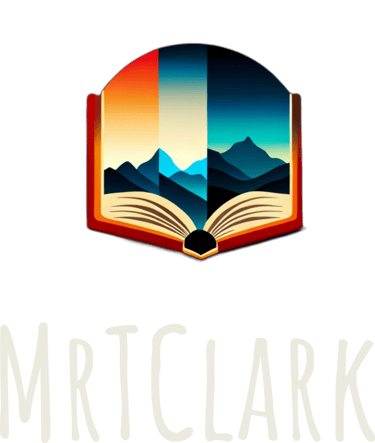PLO 1: Reasoning
Engage and show proficiency and competency in various types of reasoning practices that result in both internal and external reflection. These reasoning practices should include: Critical thinking, Analysis, Quantitative, Qualitative, Abstract reasoning, Computational, Processes, Assessment, Evaluation
For PLO 1 I have chosen multiple artifacts to satisfy the different forms of reasoning. The first artifact I am using, Artifact 1a, found in the artifacts section of this portfolio, satisfies the following forms of reasoning: Critical thinking, Analysis, Qualitative, Abstract reasoning, Assessment, and Evaluation. This artifact is an essay I wrote for English 3030 during the Spring 2022 semester.
The essay uses two short stories, Hemmingway’s Hills Like White Elephants and Gilman’s The Yellow Wall Paper, to explore how communication within an uneven and patriarchal relationship is one sided. Critical thinking is evident in the essay's analysis of the patriarchal values and power dynamics that exist within both stories. The essay evaluates the relationship between the characters and explores how their actions reflect the broader societal issues of gender inequality. Analysis is demonstrated through the close examination of the text, specifically the use of language and setting in Hills Like White Elephants and the characterization of John in The Yellow Wall Paper. Qualitative reasoning is used to evaluate the themes and symbolism in both stories, specifically the use of reproductive rights to explore power dynamics within relationships. Abstract reasoning is used to explore the broader implications of the themes in the stories, specifically how they reflect broader societal issues related to gender inequality. Assessment is used to evaluate the effectiveness of the authors' use of literary devices to convey their messages and themes. Evaluation is used to provide an overall assessment of the effectiveness of the stories in conveying their messages and themes about gender inequality.
Qualitative, Quantitative, Computational, and Process reasoning can be found in the second artifact I will be using for this PLO. Artifact 1b is an assignment done in the Physics 3050 lab during the Spring 2023 semester. The assignment asked us to classify galaxies based on our own observations about them, then again based on the official Hubble classification system. Qualitative reasoning is demonstrated through our analysis, comparison, and categorization of various different galaxies based on their color, luminosity, shape, and other visual characteristics. We were tasked with classifying them using our own unique and original classification system. We then moved into the part of the experiment that satisfies quantitative reasoning. After developing our own classification system we were asked to reclassify them using the official Hubble classification system based on the shape of the ellipticals, the number of spirals, the type of spirals, and/or the presence of space gas/dust. We had moved from subjective descriptions into a more objective descriptor realm. Computational reasoning was used throughout this experiment as we used data management software to record and analyze data, as well as using the included Hubble galaxy classification website to analyze and categorize our data. Finally process reasoning can be seen in the overall experiment itself and our scientific approach throughout. Each step of the assignment required a specific step by step process with multiple aspects and forms of data analysis. This process included observing the data, critical thinking, and recording our own data, then testing the data against a different process in an effort to determine how our own classification skills, based on said observation and critical thinking, compare to those developed by Hubble.
Analyzing the various forms of reasoning I have practiced during my time at CSUSB was a fascinating experience. I felt there were a plethora of artifacts I could have used to satisfy this PLO, however I wanted to pick something that was highly educational and informative to me, which is how I ultimately landed on artifact 1a; an assignment of which I am quite proud. After determining the forms of reasoning artifact 1a satisfied, I set out to find an artifact(s) that satisfied the rest. I wanted to throw some fun in this thing and pick an assignment I remember having a blast doing, which led me to artifact 1b. What I found interesting as I analyzed these artifacts was that I had naturally and without even considering them, engaged in various forms of reasoning. We often focus on critical thinking when we work on an academic project, however there is clearly quite a bit more going on. It was fascinating to analyze the different forms of reasoning I use in a given assignment and I am sure this form of logic can be applied to most of the assignments I have done.
